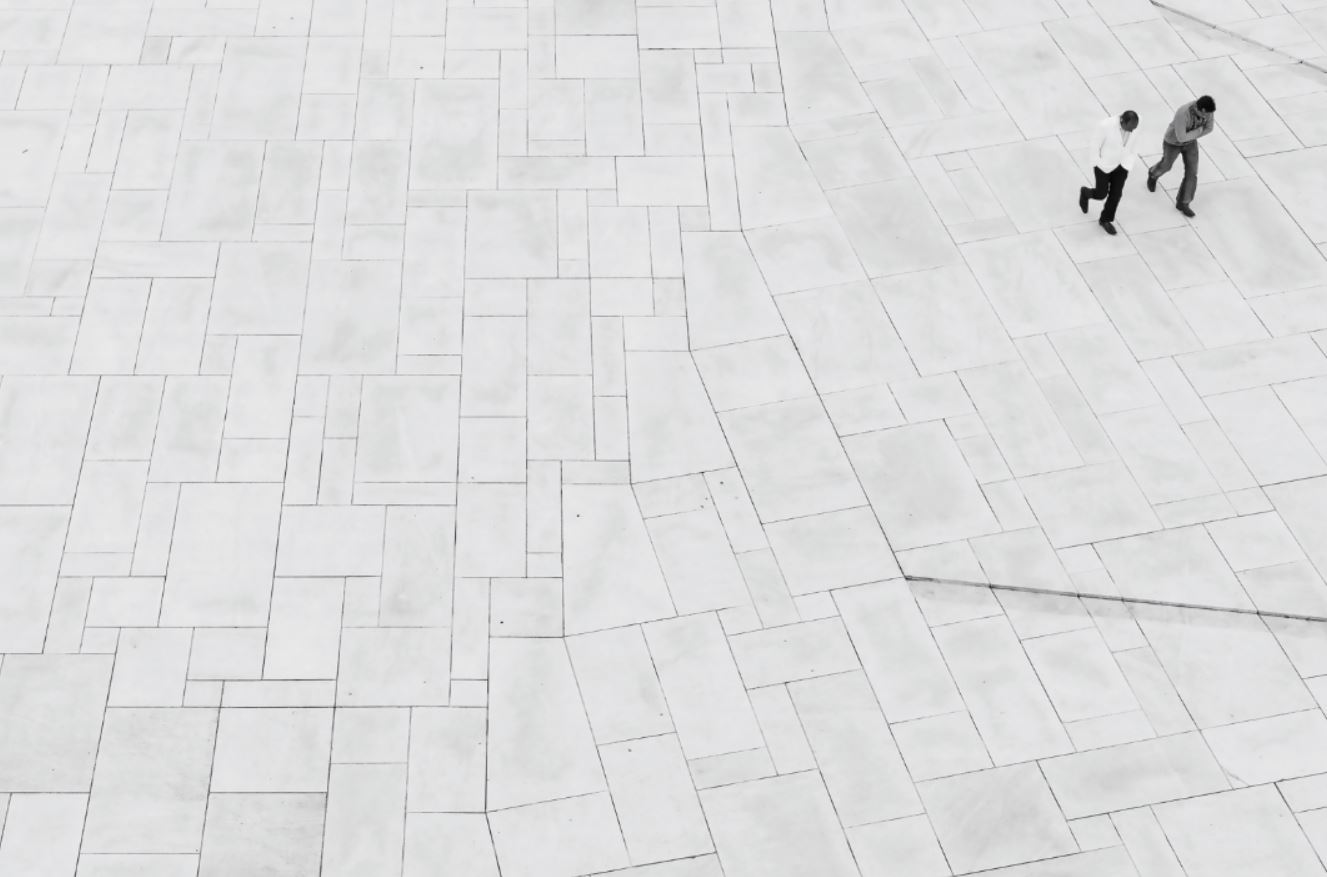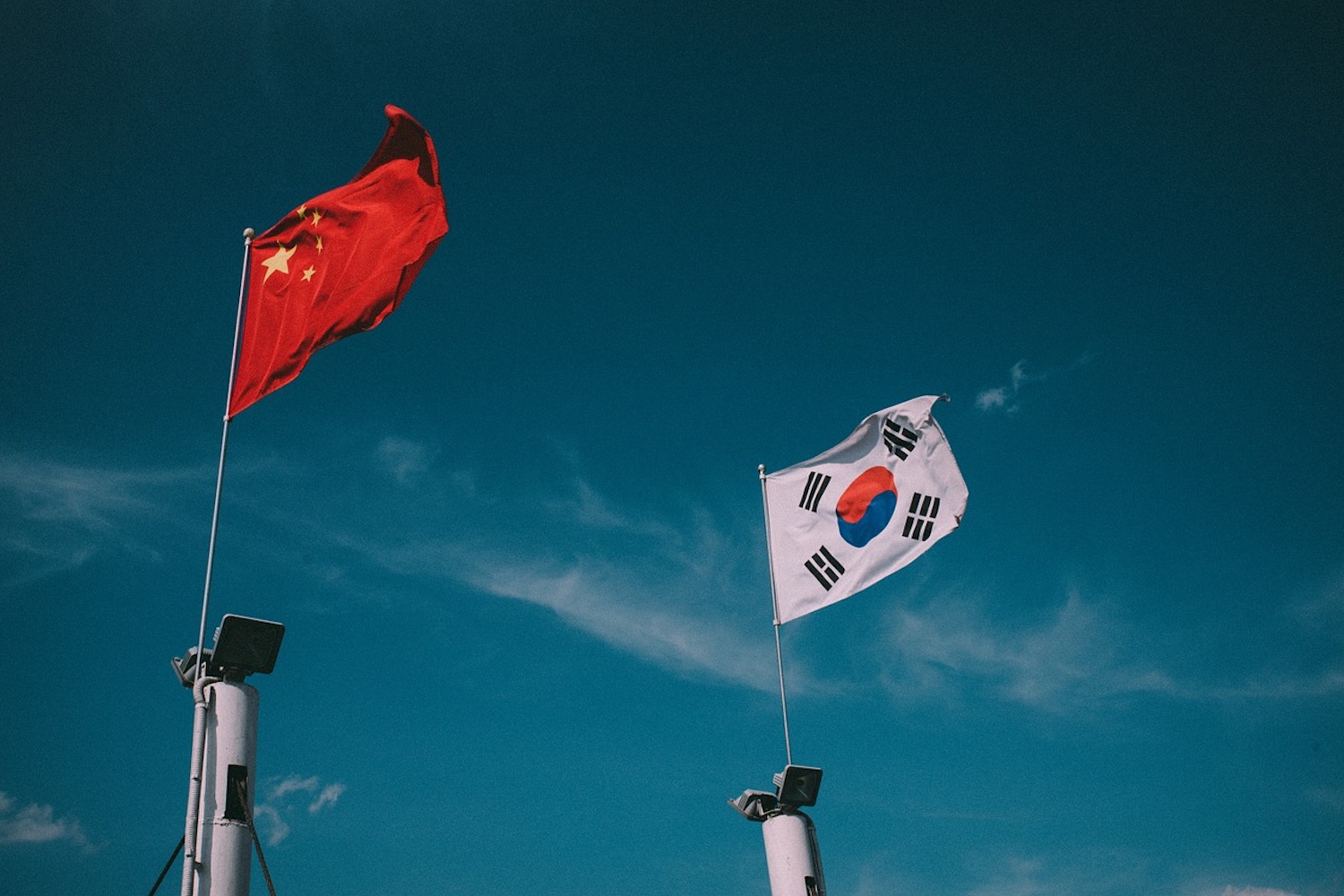Since the end of 2014, Europe has experienced an increased influx of irregular migrants matched only by migration flows during the Second World War and post-war period. European countries are struggling to handle incoming irregular migrants in an appropriate manner. However, with more than a million irregular migrants attempting to cross the border into the Schengen zone in 2015 alone, some countries, especially in the Mediterranean are have resorted to just sending migrants coming in on boats from the Mediterranean Sea back to the country of origin. Not only typical first arrival countries, like Italy or Greece for instance, are struggling.
Sweden, for example, which, with its well-developed welfare system is a popular destination for migrants seeking refugee status, had to stop granting refugee status to asylum seekers in late 2015 because the country’s financial resources did not suffice to provide more refugees with the bare necessities. This illustrates that taking in refugees is a costly matter and many countries in Europe are unwilling to make this investment and would rather not grant refugee status to asylum seekers. Additionally, states are not only unwilling to provide for incoming refugees for financial reasons, but also for reasons grounded in nationalism and fear, that too much immigration will destroy the traditional way of living.
In this sort of climate, where providing the bare necessities is a hotly disputed topic and immigration into the Schengen zone is heavily regulated, even more so than before, the issue of providing asylum seekers, as well as refugees with mental health care naturally takes a backseat, even in relatively open welfare states like Norway.
As of 2015, 188,000 people in Norway have a refugee background of which 40,000 came through different family reunion policies. As a result refugees make up 3.64% of the total Norwegian population. In 2013, around 11,000 asylum seekers came to Norway and in 2015 the number rose to over 30,000. With the influx of irregular immigrants into Europe and the increase of asylum seekers arriving in Norway, many demand a more strict immigration policy. In a press conference the Norwegian Immigration Minister Sylvi Listhaug said that due to the great increase of people seeking asylum in Norway, the country needed to tighten its immigration policy. In a press release from the Norwegian government, it says it is planning to handle the situation in a safe manner. This means that in order to maintain a sustainable immigration policy, there needs to be a tightening of the borders to reduce the amount of asylum seekers coming into Norway. This has resulted in Norway sending back irregular migrants to Russia who come into Norway from the North, putting them in grave danger of refoulement.
The Norwegian government names its welfare policies as a reason for the tightening of immigration policy, since the integration of these asylum seekers constitutes a financial burden, which puts pressure on the national budget.
Even though the majority of asylum seekers do not have a mental illness, there is a higher incidence of mental illness among asylum seekers than in the general population. Additionally, studies found that refugees living in Western countries are ten times more likely to suffer from Post-Traumatic Stress Syndrome than the same age cohort in the general population. Apart from the common pre-migration adversities, other studies have found seven common post-migration adversities referred to as the “seven D’s:” Discrimination, detention, dispersal, destitution, denial of the right to work, denial of healthcare, and delayed decisions on asylum applications. These seven factors are a direct or indirect result of a country’s immigration policy and could be avoidable.
Under these circumstances, the provision of some sort of mental health care to asylum seekers is a salient issue. However, as of now, the Norwegian state has troubles with providing appropriate mental health care for asylum seekers. The state is unwilling to expand its welfare measures beyond covering the basic needs of asylum seekers in need. To receive the support of a professional, an asylum seeker has to be in acute danger of committing suicide for two whole weeks, after which it is often too late.
A long-term study, which examined the self-reported mental health among Vietnamese refugees, also found that even 23 years after resettlement the refugees reported higher psychological stress than their Norwegian counterparts. In 2012 for example, 22 asylum seekers died in a refugee reception center, nine of which committed suicide. However, the Norwegian Directorate of Immigration (UDI) does not keep official statistics regarding suicide among asylum seekers in Norway so it is unclear just how many asylum seekers commit suicide. Neither the Norwegian Health institute, nor the UDI feel responsible for keeping tally.
The decision to erect barriers to the process of mental healthcare provision is certainly, next to financial concerns, motivated by identity politics and the unwillingness to extend welfare and citizenship rights to non-Norwegians. Although this sentiment is not new, in recent years it has become more extreme and mirrors the widespread rise of nationalism, a shift to the right, in all of Europe. Several European governments name financial reasons when denying asylum seekers access to help, but when closely examined, the motives seem to be grounded more in xenophobia. It is difficult to predict the future in this sort of political climate. It is clear, however, that the ones suffering are the people seeking asylum in Europe from their war torn countries.
By Lilith-Isa Samer
- NOVAsia Is Hiring: Call For Applications and Contributors for Spring 2025! - February 26, 2025
- NOVAsia Is Hiring: Call For Applications and Contributors for Fall 2024! - August 20, 2024
- NOVAsia Is Hiring: Call For Applications and Contributors! - February 19, 2024






